Understanding Greenland
Greenland recognises the devastating effects of climate change and continues to push for responsible and sustainable tourism.
7 Oct 19 · 9 mins read
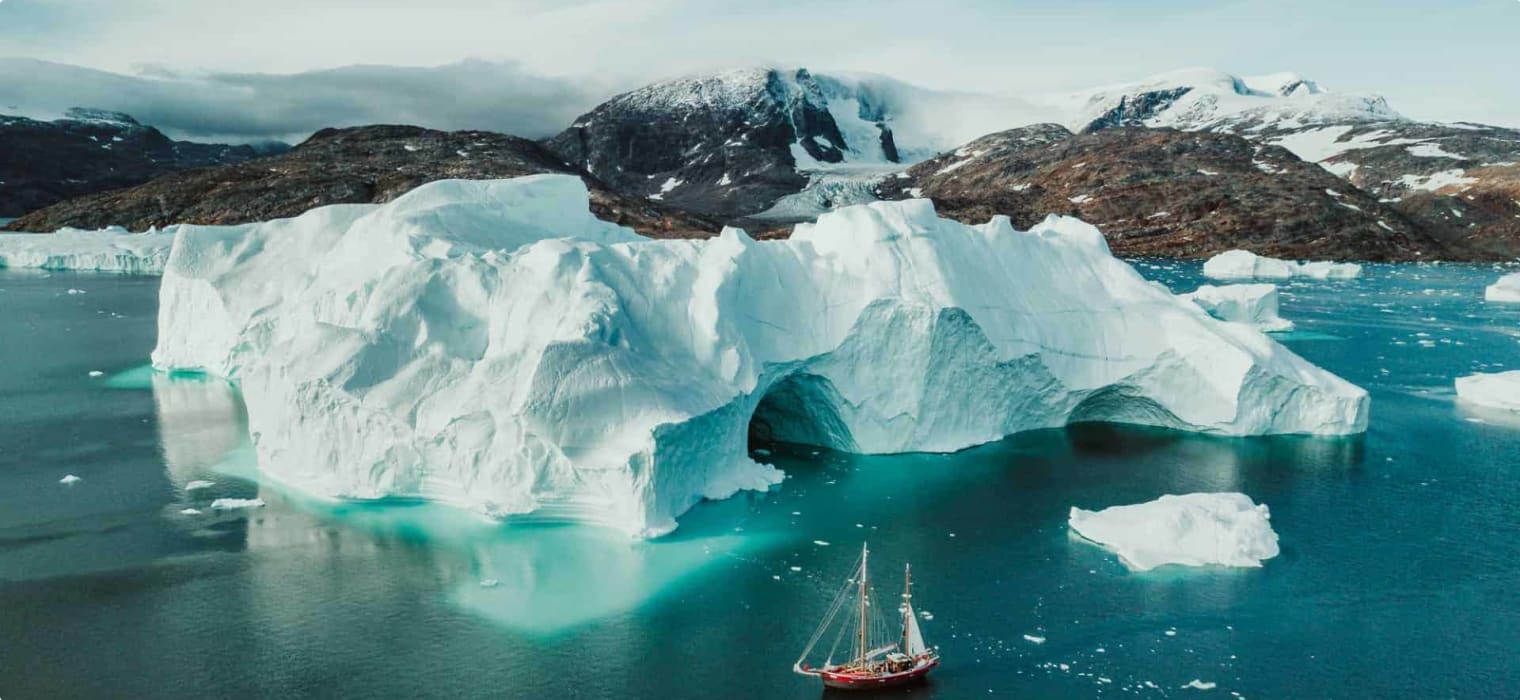
Learning about Greenland
Greenland, lying on the North Atlantic Ocean, is the largest island on the planet (not counting the island-continent of Australia) and is also, as Leslie Hook reports in the Financial Times, “at the front line of global warming”. The ice sheet that covers 80 % of Greenland helps moderate the planet’s temperature “by reflecting the sun’s energy back into space“–and the ice is rapidly melting. A surprising benefit of warming temperatures is an economic boom in the town of Ilulissat in Greenland and an explosion of tourism. Ilulissat is home to Greenland’s first UNESCO World Heritage Site, Ilulissat Icefjord.
However, Greenland recognises the devastating effects of climate change (read more here) and continues to push for responsible and sustainable tourism. In this article, written as a backgrounder for Odyssey Traveller’s small group tours to Greenland for matured-aged and senior travellers, we will discuss Greenland’s history and fascinating destinations, including the capital city Nuuk, another boom town, and the country’s amazing natural wonders and landscapes.
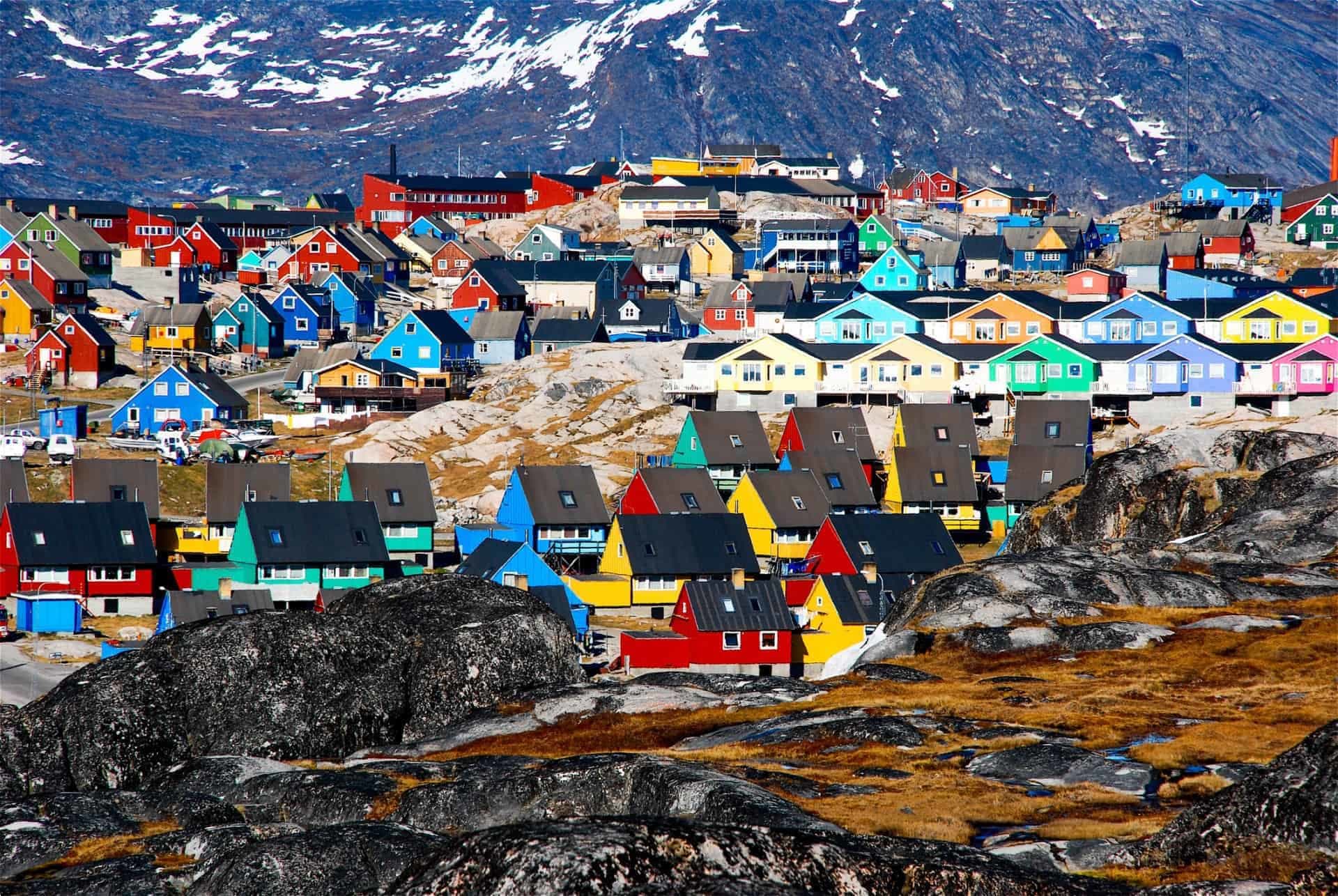
Odyssey’s Greenland tours are offered as an extension of our tours to Iceland, which boasts of the incredible Jokulsarlon Glacier Lagoon, the breathtaking Gullfoss Waterfall, the famous whale watching spot at Husavik, the Snaefellsnes Peninsula, and the UNESCO World Heritage site, Vatnajokull National Park.
Read on to get an idea of this travel experience, and maybe even consider Greenland as your next holiday destination!
History of Greenland
Greenland today is a self-governing territory of Denmark, with the Inuit people as the predominant population group (about 90%); the remaining 10% are Europeans, mostly from Denmark. Only the southern part of Greenland lies outside the Arctic Circle. How did this island in the northernmost part of the globe, with an at times forbidding and desolate landscape, get to be settled and inhabited?
Inuit migrations
The people who settled Greenland were hardy people who were used to the challenges of the weather. The Inuit were believed to have crossed to Greenland from North America via the islands of the Canadian Arctic, crossing a frozen land bridge of sorts that formed when the sea froze in northern Greenland. (Canada’s Ellesmere Island is only 20 kilometres away from Greenland’s northwest coast.)

This was not one big migration, but a series of movements by Inuit belonging to distinct cultures from 2500 BC (Independence I) to early in the 2nd millennium, circa 11th to 12th centuries (Thule). Greenland’s Inuit population today (called the Inugsuk or Inussuk culture) descended from this last immigration, the Thule. The Thule were primarily a maritime culture with an economy focused on hunting mammals such as whales, seals, and polar bears.
Erik the Red and Viking migrations
At around the same time of this last wave of Inuit immigration, the Vikings were sailing across the Atlantic and settling in on largely uninhabited islands such as the Shetland Islands, the Faroe Islands, the Outer Hebrides, and Iceland. (Click through to see the articles we’ve written before.) The Viking Erik the Red arrived at Greenland around the 10th century, and he named the island as such in some sort of medieval marketing ploy to entice people to settle on an island with a “favourable name”.

According to Anders Winroth in The Age of the Vikings (Princeton University Press, 2014), the Greenlanders Saga portray Erik as a “troublemaker who had to leave Iceland for committing murder” (p. 60). Or, as Michael Pye in The Edge of The World: How the North Sea Made Us Who We Are (Penguin Random House, 2014), drily puts it, “Erik the Red left Norway for frontier Iceland ‘on account of some killings’ and after a while he had to leave Iceland on account of some more killings” (Pye, 2014, p. 111).
In any case, Erik’s banishment from Norway and Iceland led to the creation of two main settlements in south Greenland: the East Settlement, near present-day Qaqortoq, and the West Settlement, near present-day Nuuk, the capital. Greenland also stuck as the island’s name, though Greenlanders call their country, Kalaallit Nunaat, which in the Greenlandic Inuit language means “Land of the People”.
The Vikings Disappear
The Viking’s Greenland colonies at their peak included nearly 300 farms with 3,000 to 6,000 inhabitants. Christianity arrived around the 11th century by way of Erik’s son, Leif, following Norway’s Christianization. Norway annexed Greenland in the 13th century, imposing a trade monopoly. At around the same time, the Norse settlers of Greenland began interacting with the Inuit Thule culture who had settled in the north. A century later, the Norse settlements declined, and by the 15th century the colonies have disappeared.
This disappearance remains one of history’s greatest mysteries. Among the theories put forth to explain the disappearance of the Norse settlements in Greenland were: wiped out by the Inuit culture, absorbed into Inuit culture, epidemics, emigration to North America, or the cooling of Greenland’s climate.
Traces of Viking influence remain. For example, the centre of power in Greenland is called the Landsting, from the Old Norse þing, which was used to describe Viking assemblies or parliaments.
Danish Colonisation, Home Rule, Self-Rule
Over the next two centuries (16th to 17th centuries), up to 10,000 men from Denmark, Norway, and the United Kingdom, among other European nations, arrived yearly to hunt for whales in the waters surrounding Greenland. Some of these men came ashore, married Greenlanders, and never left.
Colonisation began in 1721, when Hans Egede, supported by the then united kingdom of Denmark & Norway, founded a trading company and a Lutheran mission near present-day Nuuk. In 1776 the Danish government imposed a trade monopoly with Greenland, barring other countries from access of Greenland’s coast.
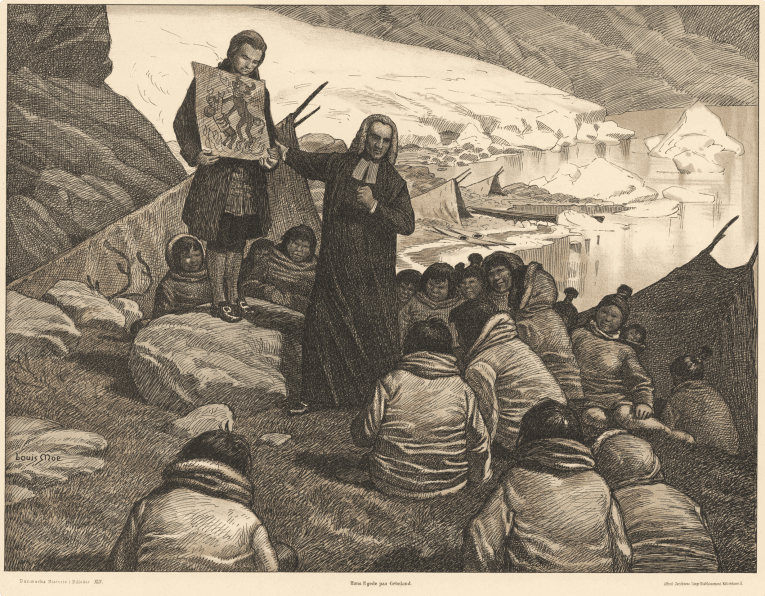
This monopoly would last through the two World Wars, until it was abolished in 1951. Responding to Greenlanders’ call for autonomy, Denmark granted home rule to Greenland, an agreement which was expanded in 2009. Under this new agreement, Greenland enjoyed a greater percentage of oil and mineral revenue, and management of virtually all of its domestic affairs. Denmark, in collaboration with Greenlandic leaders, continued to manage Greenland’s foreign relations and defence.
What to Expect In Greenland
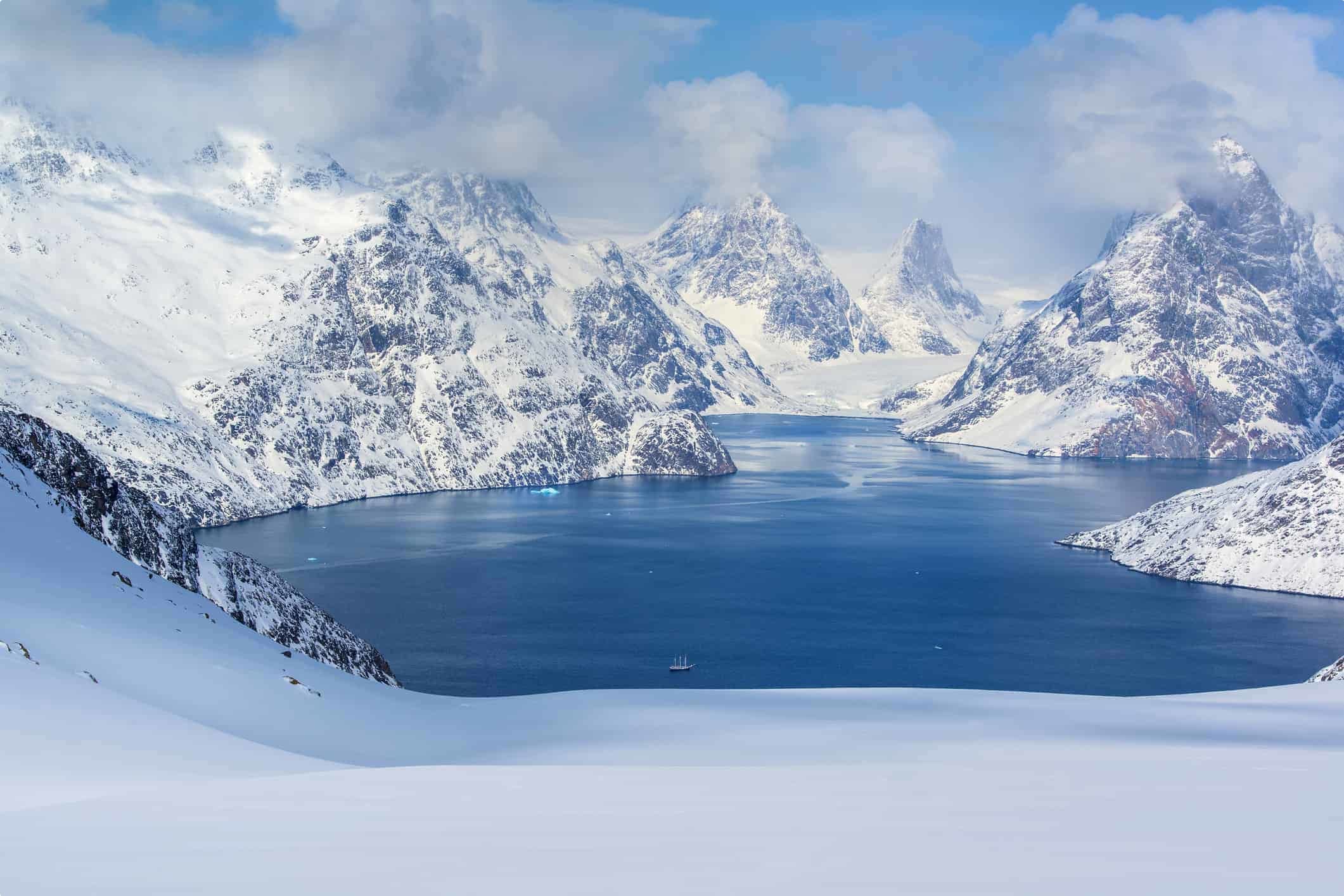
We put focus on history and education in our Greenland tours, as having knowledge of the waves of migrations and Danish control of the island will give us insight about aspects of Greenland’s culture.
Population
Greenland has 56,300 people, a number, to quote Visit Greenland, “fewer…than will fit into your average medium sized soccer field”. The capital, Nuuk, is one of the smallest capitals of the world with 16,500 residents. According to Hook, the Avannaata region, which covers Ilulissat, is as big as France but only has 11,000 people.
Hunting and Fishing Culture
It is not surprising that Greenlanders have a deep connection to nature, their culture shaped by the land and the hunting and fishing culture of the Thule from 5,000 years ago.
The Inuit traditionally only wore clothes sewn from the hides of the animals they had hunted down. In modern times, this became the national costume, the traditional Inuit clothing combined with European influences.
The hunting and fishing culture continues to flourish in Greenland; however, it is being threatened by the unstable weather brought by climate change.
Language
After Greenland won the right to self-rule, Greenlandic replaced Danish as the official language of government. Both remain the official languages of the country, with English also taught in schools. Greenlandic’s standard dialect Kalaallisut (West Greenlandic) is closely related to the Inuit languages of Canada, such as Inuktitut.
Cuisine
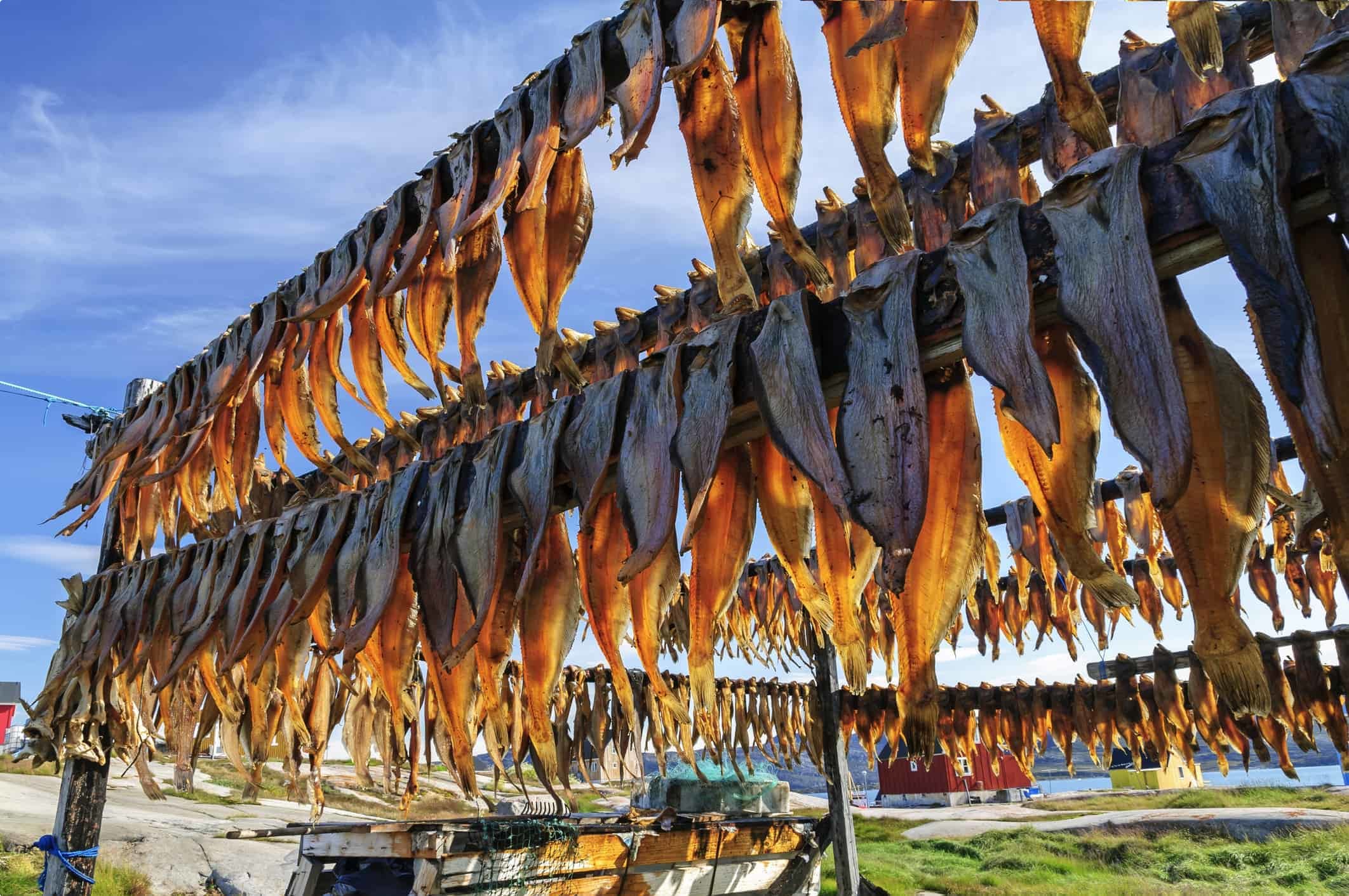
With its roots in the hunting communities of old, Greenlandic cuisine has high meat content to nourish residents in the cold Arctic climate. A classic Greenlandic dish is the suaasat, a soup traditionally made from seal meat, but which can also be made from fish, whale, reindeer, or sea-bird, with onions and potatoes.
Climate
Speaking of the Arctic climate, Greenland’s climate is relatively stable with average summer temperatures that do not exceed 10° C (50° F). However, in the southern part of the country, which is outside the Arctic circle, the temperature can rise to more than 20° C (68° F) in June, July or August.
Odyssey Traveller’s Greenland tours depart in early June and around mid-September, avoiding the peak of Greenland’s tourist season which begins in early July to the first week of September. This ensures that you’ll enjoy relatively mild weather on your tour, but with thinner crowds.
In the capital, Nuuk, the mean average temperature is 3.9 degrees Celsius for June, and 3.5 degrees Celsius in September. This is ideal for exploring Greenland’s natural wonders, sightseeing, whale watching and experiencing the Northern midnight sun–provided you are dressed warmly!
Of course, weather can be very variable. We can enquire with our local operators to help you plan your trip and packing list.
Visa
Citizens of certain countries–Australia, New Zealand, Canada, Japan, Turkey, the United States, the United Kingdom, and the EU countries–do not need to apply for a visa. They will only need a valid passport for stays up to 90 days.
The Nordic countries need only carry a valid identification card:
Citizens of Denmark, Finland, Iceland, Norway and Sweden are free to enter, reside and work on the Faroe Islands and in Greenland.
A visa to enter Denmark or another Schengen country is not valid for entry into the Faroe Islands or Greenland. Neither Greenland nor the Faroe Islands are members of the EU and they are not parties to the Schengen Agreement. (Read more here.)
How to Get There
As our Discover Greenland tour can be taken as an extension of our Iceland tour, you can simply fly direct from Iceland’s Kevlavik International Airport or the Reykjavik Domestic Airport to Nuuk in West Greenland. Flight time is 2 to 3 hours. From Copenhagen in Denmark, the flight time is around 4 1/2 hours.
Public Transport
Greenland has a rugged landscape and there are no roads between the towns. All transportation is by air or water. On our Greenland tour, we will be exploring Nuuk by bus and take a boat to travel down the fjord and go whale-watching and fishing.
Discover Greenland with Odyssey Traveller
On our short tour of Greenland, we will travel down the fjord Nuup Kangerlua in the southwestern part of the country. A fjord is a long, deep, narrow body of water with steep sides formed by glaciers. At 160 kilometres, it is one of the longest fjords in the inhabited part of the country. Nuuk is located near the mouth of this fjord.
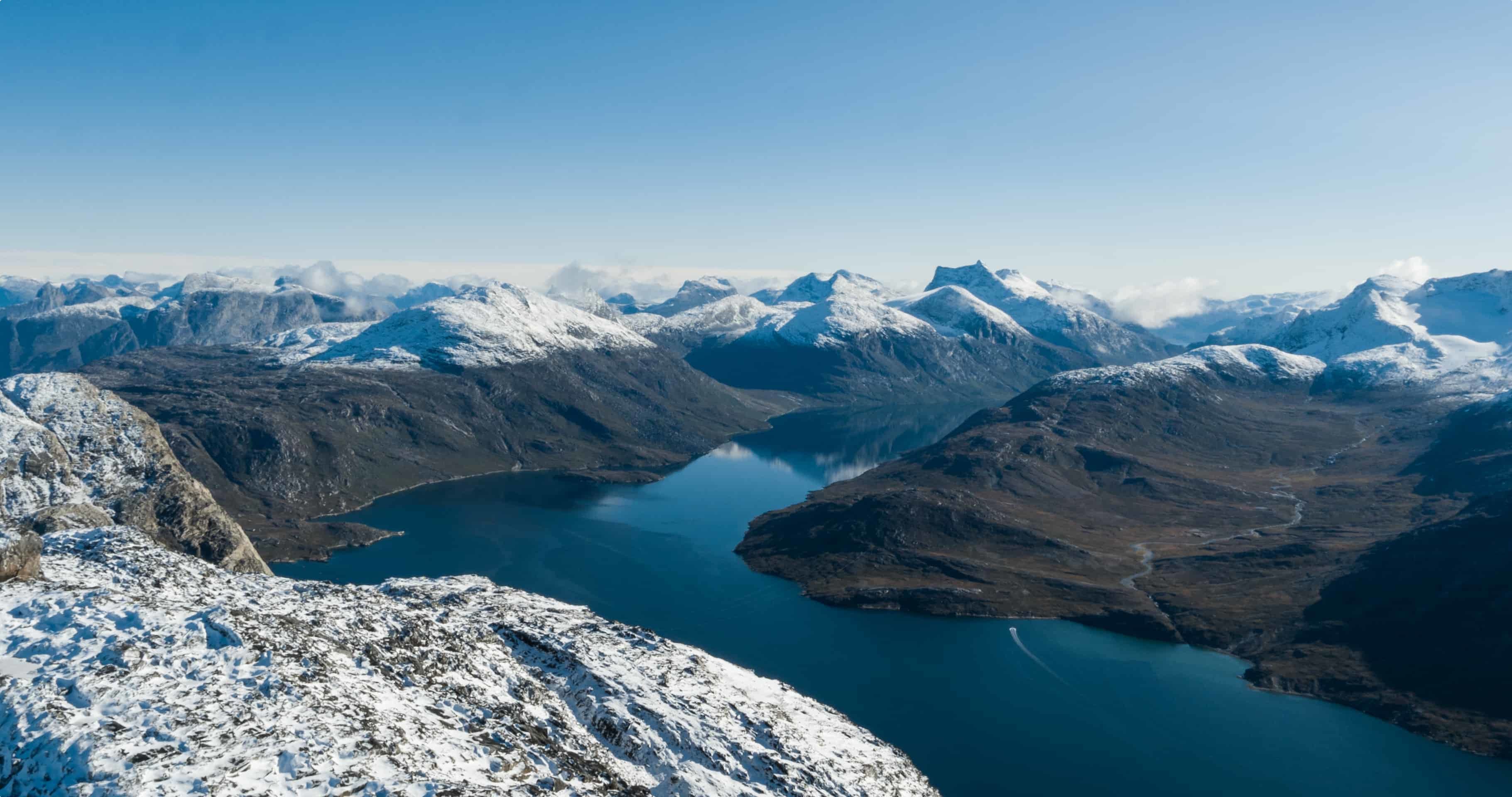
We will stop to take a look at the fishing village of Qoornoq, once inhabited and subsequently abandoned in the 1970s as part of the Danish government’s modernisation programme.
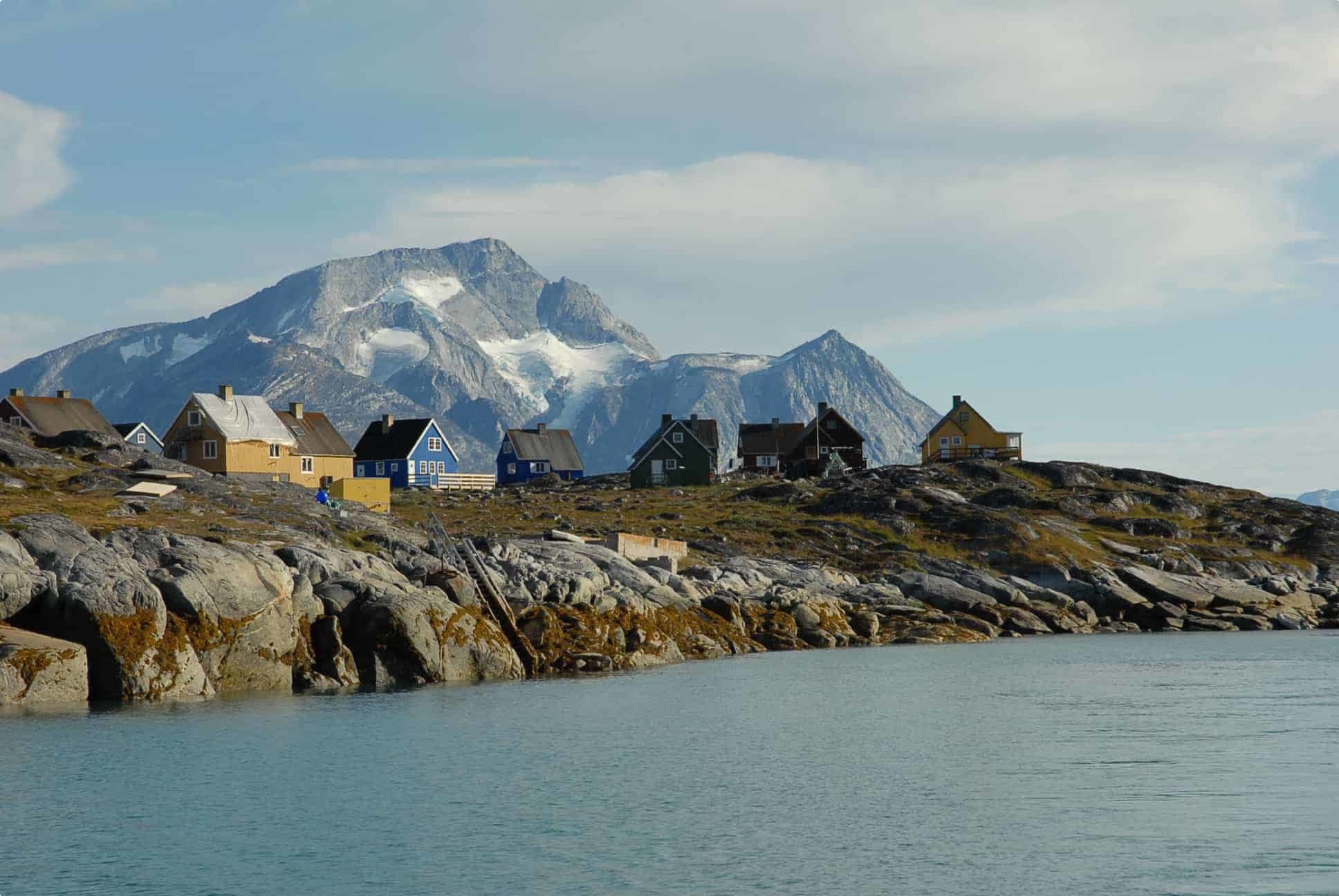
We then head via the opening of the fjord and view the mythical cliff called Pisissarfik, which plays an important role in Inuit mythology. We will also have a chance to throw fishing lines to catch cod or redfish for our dinner at Timmiannguit.
The freshly caught fish will be handed over to the chefs of Qooqqut Nuan, an abandoned settlement turned gourmet getaway, who will prepare the fish and serve it in a three-course gourmet experience.
Our next leg of the tour takes us around Nuuk. Nuuk is a small but cosmopolitan city with modern conveniences–gourmet dining, boutique fashion shops, apartment blocks, even a mall–but still also retains its centuries-old indigenous roots. For example, there are fashion boutiques that incorporate Inuit patterns into their designs.
We will visit the National Museum of Greenland, the country’s first museum and which holds collections, including materials repatriated from the Danish National Museum, that have been expanded since its establishment in the 1960s.
The city’s architectural highlights include the Katuaq Cultural Centre, with a design that mimics the Northern Lights and Greenland’s mountains, and the Self Rule Government building which also houses a number of artworks.
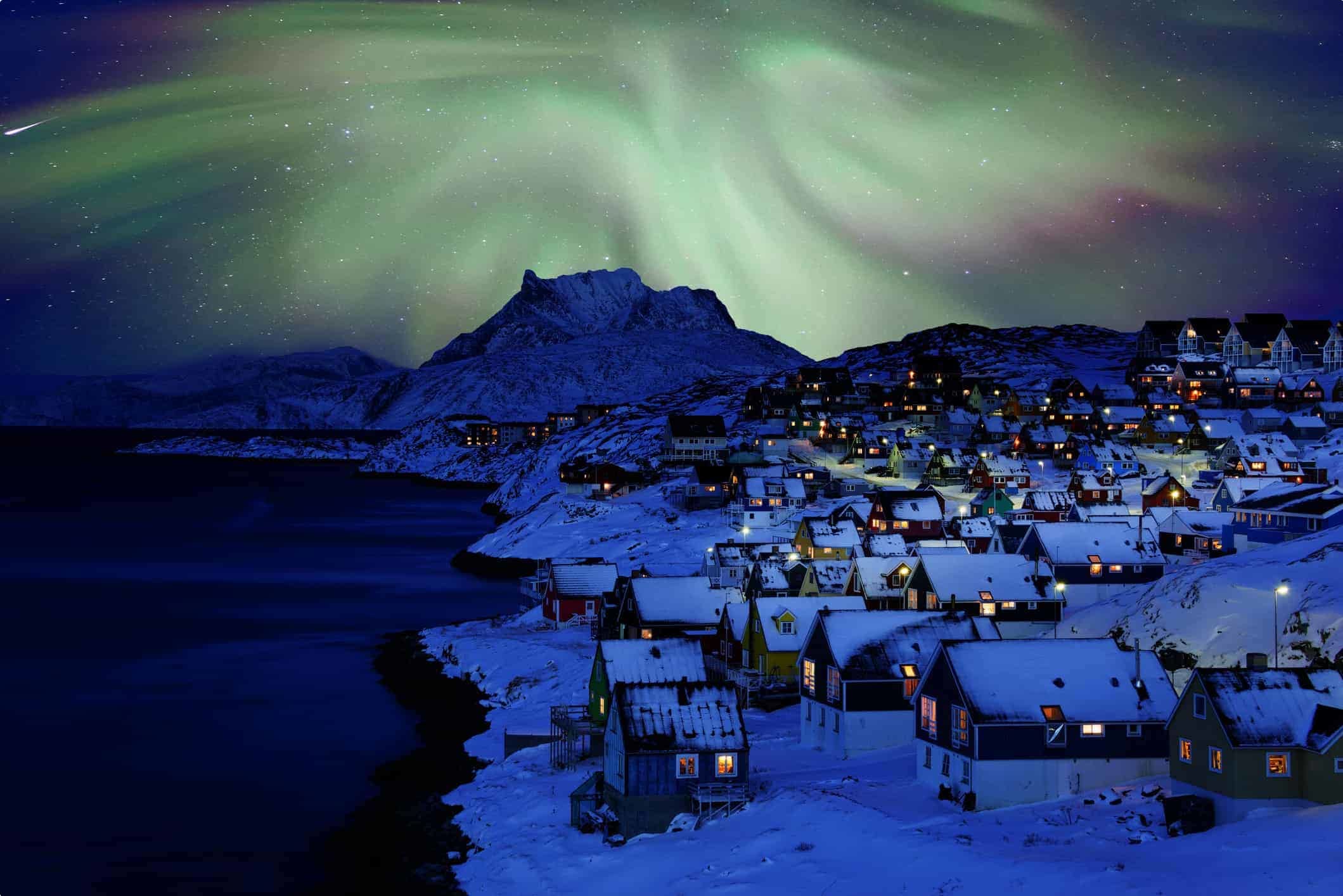
Climate Change in Greenland and Responsible Tourism
In Greenland, climate change is not simply an abstract concept to be debated but a daily reality, as forceful as the sound of icebergs breaking off due to the rapid change in climate. The Arctic is warming twice as fast than the rest of the world due to the rapid melting of Greenland’s sea ice or frozen ocean water, which will have an enormous impact on the rest of the globe.
As we’ve written before, tourism is a double-edged sword, and this is especially true for Greenlanders, who are experiencing benefits (more tourists) and harm (erosion of their traditional way of life). Odyssey Traveller continues to be committed to responsible tourism, and as Joseph Stromberg of the Smithsonian magazine says, “tourism might be just the thing to get the world to take global warming seriously…the real question isn’t whether people should travel, but how they should live when they get back home.”
Links to Odyssey Traveller tours
For more information, click through to read our article (https://www.odysseytraveller.com/articles/questions-about-iceland/).
You may also want to read these related articles
Related Tours
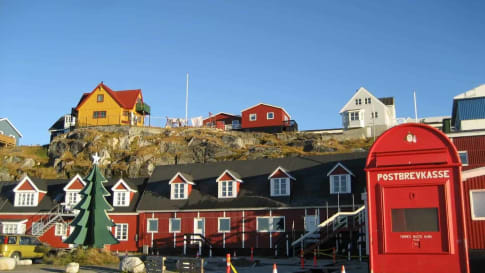
4 days
Sep, MayDiscover Greenland | Small Group Tour for Seniors
Visiting Greenland
Greenland is the largest island in the world, the majority of it lies above the Arctic Circle, and it is part of Denmark. Few places are quite so difficult to reach, we fly from Reykjavik to Nuuk. During this small group tour we have ensured that our travellers gets to this conversation-stopping land and, while we are there we obtain the most comprehensive overview of this vast landmass. We visit during the summer, experiencing the burst of seasonal flora, which caused the early voyagers to name it Greenland.
From A$6,450 AUD
View Tour
17 days
May, SepIceland cultural and wilderness small group tour
Visiting Iceland
Our escorted tour gives guests an insight into the history of this Icelandic nation. Travelling as a small group, our daily itineraries explore the Jokulsarlon Glacier Lagoon and others, national parks and majestic waterfalls as we learn about Iceland’s natural heritage and its Viking past from experienced local guides. There is a single supplement for solo travellers.
From A$18,995 AUD
View Tour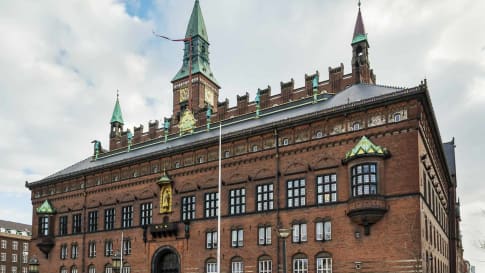
20 days
Aug, MayTour of Denmark's Culture & History
Visiting Denmark
Experience group travel for couples and single travellers to Denmark. This European tour provides a travel experience based around key destinations and itineraries that provide authentic experiences in Denmark .A single supplement applies for solo travellers.
From A$15,895 AUD
View Tour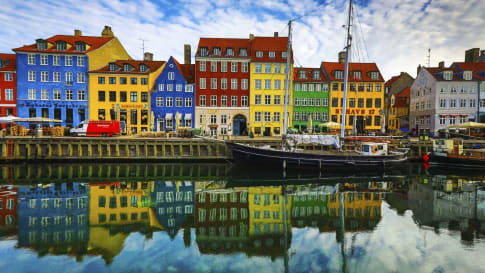
13 days
Jun, SepScandinavia tours for mature travellers
Visiting Denmark, Norway
Uncover on a small group tour for couples and solo travellers, a Viking past and view of the world’s biggest fjords on this journey through Scandinavia. In low-lying Denmark our small group journey takes us to visit the Zeeland, the sea land, and our program includes the vibrant capital of Copenhagen. In Norway we travel through endless forests, skirting great fjords to Bergen.
From A$14,995 AUD
View Tour


